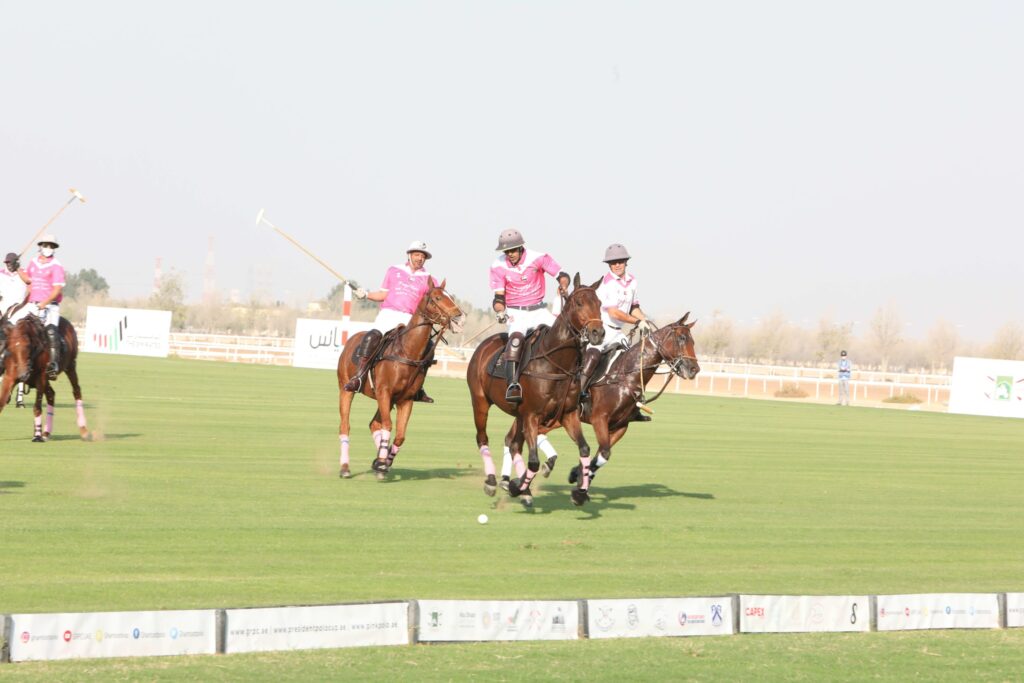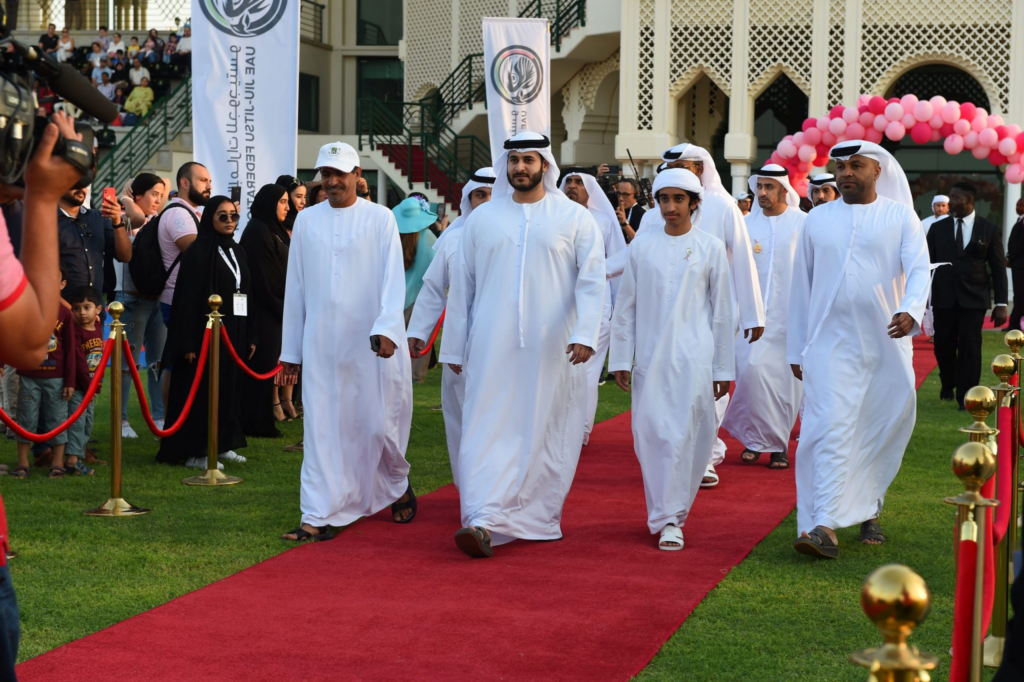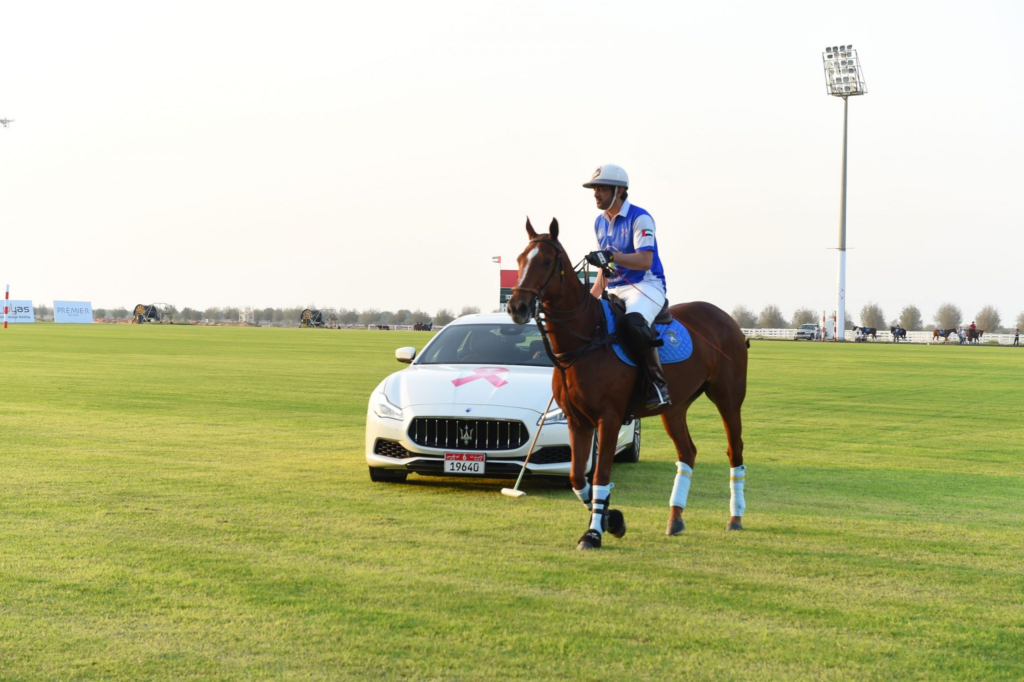The sport of polo can be traced back to the 5th century BC but many believe it is much older even than that. It was developed as a war-game that was used to train cavalry and many believe that it was first played by warrior tribes in Persia (modern day Iran).
It is clear, though, that polo spread quickly across Asia. Early polo did not take the form of the ordered four-a-side game that we know today. It was not unusual for teams of a 100 or more to take to the field and it was a very rough, physical sport, which often saw many injuries. The first polo club was founded in Assam, India in 1834.
As a game it was formalized and popularized by the British and taken to the West after an Irishman, Captain John Watson, of the British Cavalry 13th Hussars, created the first set of written rules in the mid 19th Century. Today, polo is played in more than 60 countries, although it is most popular in Argentina, the US and England.
For newcomers to Polo, Welcome! This is a game that will enthrall you. Here is a ten point guide to help you understand the “Sport of Kings”.
- The object of the game is to move the polo ball down-field, hitting the ball through the goal posts for a score. Polo teams then change direction after each goal in order to compensate for field and wind conditions. A team is made up of four polo players.
- A polo match is usually played outdoors. A polo field is 300 yards long and 160 yards wide, the largest field in organized sport.
- A polo match lasts about one and one-half hours and is divided into timed periods called chukkers. Each chukker is seven minutes long.
- Play begins with a throw-in of the ball by the umpire at the opening of each chukker and after each goal.
- Players must change horses after each chukker due to the extreme demands placed on the polo pony.
- During half time, spectators go onto the field to participate in a tradition called “divot stomping” to help replace the divots created by the horses hooves.
- Polo players are ranked yearly by their peers and the USPA on a scale of -2 to 10 goals. Team play is handicapped on the basis of ability.
- Most of the rules of polo are for the safety of the polo players and their ponies. The basic concept is the line of the ball, a right-of-way established by the path of a traveling ball.
- Two mounted Umpires do most of the officiating, with a Referee at midfield having the final say in any dispute between the umpires.
- Penalty shots are given depending on the severity of the foul.














